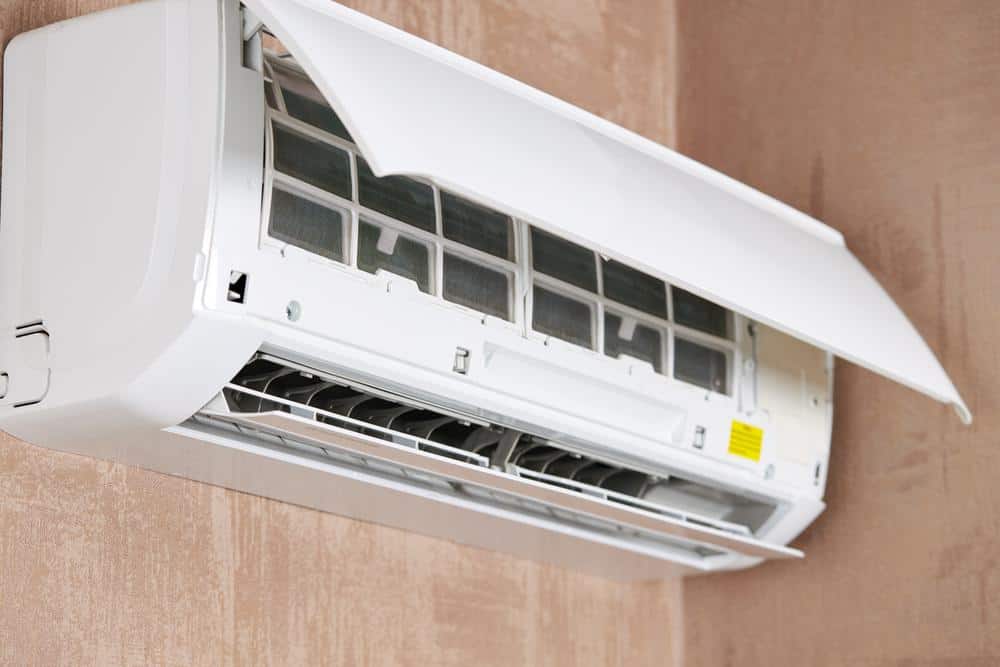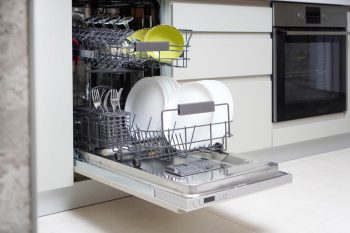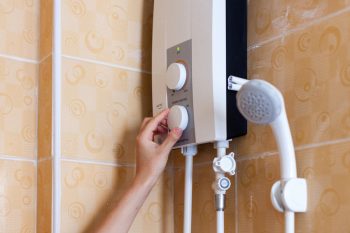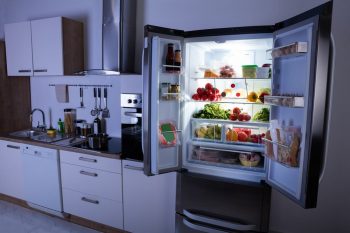
Air conditioners are a godsend during those hot summer months. They keep our homes and offices cool and comfortable, making it bearable to go about our day-to-day tasks. But have you ever wondered what exactly comes out of an air conditioner? In this comprehensive guide, we will delve into the intricate workings of an air conditioner and discuss its output, impacts, and potential risks.
An air conditioner doesn’t emit any substances or elements into the environment. It functions by drawing in warm air from a room, removing the heat using a refrigerant, and blowing the cooled air back into the room. However, it can circulate indoor pollutants and, if not properly maintained, can release accumulated dust and bacteria, affecting indoor air quality.
The Basic Function of an Air Conditioner
An air conditioner’s primary function is to cool the air inside a room or building. It achieves this by drawing in warm air from the room, removing the heat using a refrigerant, and blowing the cooled air back into the room. This cycle continues until the desired temperature, as set by the thermostat, is reached. Additionally, an air conditioner also serves to dehumidify the room, regulate temperature, and improve air ventilation.
The Role of Refrigerants
Refrigerants are key to the cooling process in an air conditioner. They are chemical compounds that can easily change states from liquid to gas and vice versa, enabling them to absorb and release heat efficiently. Some common types of refrigerants include R-22 (Freon), R-32, R-410A (Puron), R-454B, and R-134a.
What Comes Out of an Air Conditioner?
Contrary to popular belief, no substances or elements are released into the environment during an air conditioner’s operation. The refrigerant used to cool the air circulates within the system, and no substances are emitted during the process. However, the output of an air conditioner can affect the indoor air quality.
Impact on Indoor Air Quality
Air conditioners can help improve indoor air quality by regulating temperature, reducing humidity levels, and improving filtration. However, they can also have negative effects if not properly maintained or used. For instance, if the air in your home is polluted with volatile organic compounds (VOCs) and allergens, your air conditioner can circulate these pollutants throughout your home. Moreover, over time, air conditioners can accumulate dust and bacteria, which can be released into the environment, potentially causing health issues.
Potential Health Risks
Poorly maintained air conditioners can pose health risks. They can spread bioaerosols, pollutants released by microorganisms such as bacteria, fungi, and mold. Spending too much time in air-conditioned environments can also lead to dry skin, headaches, and lethargy. Moreover, contaminated air conditioning units can worsen asthma problems and allergies.
Environmental Impact
Air conditioners also have potential environmental impacts. They contribute to greenhouse gas emissions due to the energy consumption required for cooling. The leakage of hydrofluorocarbon refrigerants (HFCs) from air conditioning units contributes to climate change and can have a detrimental effect on the ozone layer.
Mitigating Risks
To minimize these health and environmental risks, it is essential to maintain and clean air conditioning systems regularly. This includes changing filters, cleaning ducts, and ensuring proper ventilation. It’s also important to use energy-efficient air conditioners and dispose of old units responsibly.
In conclusion, while air conditioners do not emit substances into the environment, their operation can have significant impacts on indoor air quality, health, and the environment. By understanding these impacts, we can take steps to mitigate them and use our air conditioners responsibly.
Frequently Asked Questions
What is a refrigerant leak and how can it be detected?
A refrigerant leak occurs when the cooling fluid in your air conditioner escapes from the system. Signs of a refrigerant leak may include decreased cooling efficiency, ice buildup on the AC unit, or a hissing or bubbling noise. Professional HVAC technicians can also use leak detection tools to find and repair leaks.
What are some energy-efficient alternatives to traditional air conditioners?
Some energy-efficient alternatives include evaporative coolers, which are especially effective in dry climates, and ductless mini-split systems, which can cool individual rooms without the need for ductwork. Using fans in conjunction with an air conditioner can also enhance cooling and reduce energy consumption.
How often should an air conditioner filter be changed?
The frequency of filter changes can depend on several factors, including the type of filter, the air quality in your home, and whether you have pets. However, a general rule of thumb is to change the filter every 60-90 days. If you have allergies or pets, you might need to change it more often, every 30-45 days.
How does an air conditioner contribute to greenhouse gas emissions?
Air conditioners contribute to greenhouse gas emissions in two main ways. First, they consume electricity, much of which is still generated from fossil fuels. Second, the refrigerants used in air conditioners can contribute to global warming if they leak into the atmosphere. Some refrigerants have a global warming potential thousands of times higher than that of carbon dioxide.
Can air conditioners help in improving air quality?
Yes, air conditioners can help improve indoor air quality by regulating temperature, reducing humidity levels, and filtering out some pollutants. However, they must be properly maintained to prevent the circulation of pollutants such as dust, bacteria, and volatile organic compounds.












